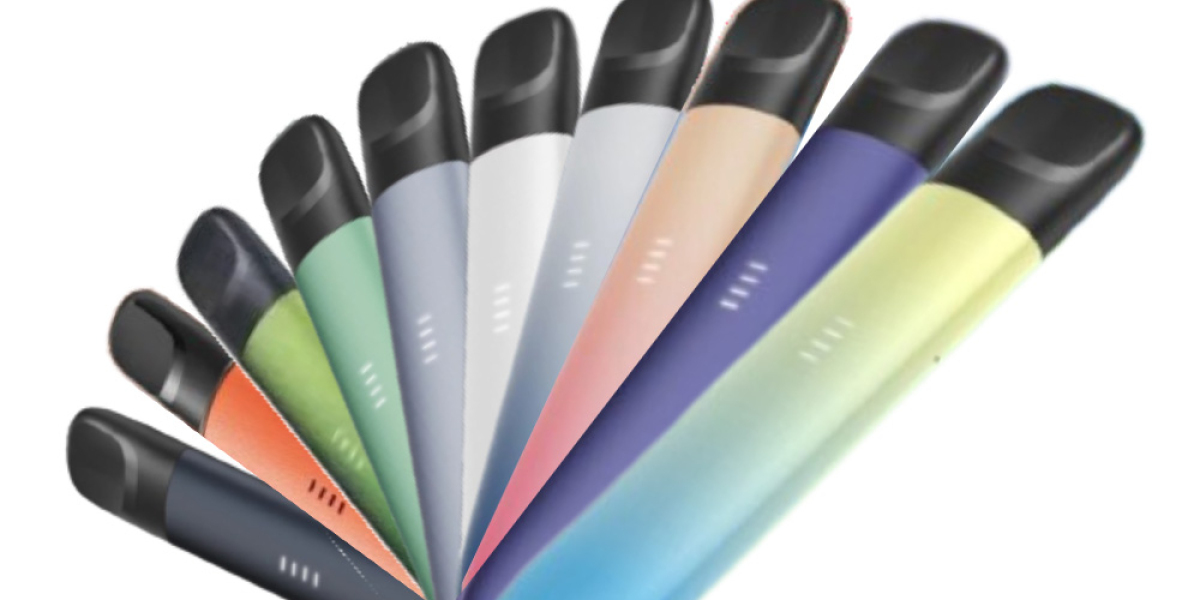In the realm of modern lighting solutions, dali controllers have emerged as a pivotal technology, transforming how we manage and automate lighting systems. This article delves into the evolution of these controllers, highlighting their journey from basic functionalities to sophisticated smart automation systems.

Understanding DALI Controllers
DALI, which stands for Digital Addressable Lighting Interface, is a communication protocol that allows for the control of lighting fixtures. Initially developed to enhance the flexibility and efficiency of lighting systems, dali controllers enable users to address individual lights or groups of lights, facilitating tailored lighting solutions.
The Basic Functionality of DALI Controllers
At their core, dali controllers provide a simple yet effective means of controlling lighting. They allow for:
- Individual addressing of lights
- Dimmer control for varying light levels
- Group control for synchronised lighting effects
This basic functionality has made dali controllers a popular choice in commercial and residential settings alike. However, as technology has advanced, so too have the capabilities of these controllers.
Transition to Smart Automation
As the demand for smart buildings and energy-efficient solutions has grown, dali controllers have evolved to incorporate advanced automation features. Today, these controllers can integrate with various building management systems, allowing for:
- Remote control via smartphones and tablets
- Integration with sensors for automatic lighting adjustments
- Data collection for energy monitoring and management
This transition to smart automation not only enhances user convenience but also contributes to significant energy savings. Have you considered how dali controllers can optimise your lighting systems?
Benefits of Using DALI Controllers
The advantages of implementing dali controllers in your lighting systems are manifold. Some key benefits include:
- Flexibility: Easily reconfigure lighting setups as needs change.
- Scalability: Expand your lighting system without extensive rewiring.
- Energy Efficiency: Reduce energy consumption through smart controls and automation.
These benefits make dali controllers an attractive option for both new installations and retrofitting existing systems.
Future Trends in DALI Technology
Looking ahead, the future of dali controllers appears promising. With the rise of the Internet of Things (IoT), we can expect further integration of lighting systems with other smart technologies. This convergence will likely lead to:
- Enhanced user interfaces for easier control
- Improved interoperability with other smart devices
- Greater emphasis on sustainability and energy management
As we embrace these advancements, the role of dali controllers in smart automation will undoubtedly expand.
For more in-depth insights into the capabilities and applications of dali controllers, consider exploring this .
Conclusion
In conclusion, the evolution of dali controllers from basic lighting control to sophisticated smart automation systems illustrates the remarkable advancements in lighting technology. As we continue to innovate, these controllers will play a crucial role in shaping the future of intelligent lighting solutions.








